Xenopolis
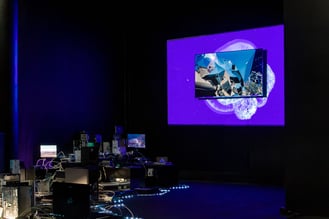
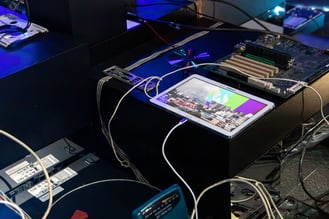
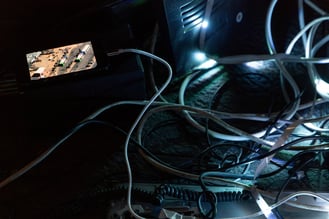
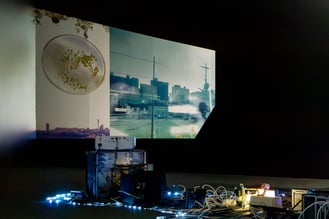
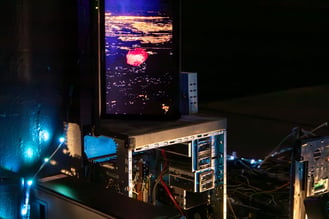
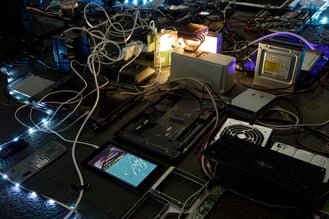






Text by Thulile Gamedze:
Heinrich Nieuman’s Xenopolis does not offer translation. Its prefix, “xeno” originates from the Greek word "xenos," meaning "stranger" or "guest".
Lives narrated in foreign languages blend into a city soundscape of hums, buzzes, white noise, and mechanical and natural whirrs. Nieuman’s digital world here is a kind of prosthetic for human life, compressing embodied human connection into a large, hyperspeed data network around which isolated bites of information can fly freely, immediately. The tech-as-prosthetic extends the reach of human networks, but also shapes and redefines the meaning of connectivity itself.
Related dichotomies of access versus limitation can be seen in the modern city, which is contained by its infrastructure, but is also often in excess of it: illegal connections to electrical grids, private boreholes, covert mining operations, and DIY housing extensions highlight postcolonial expressions of this excess, reminding us that the game of urbanity is in perpetual catch-up to human life under capitalist dystopia. Nieuman’s city reflects this, overtaking the dark downstairs room of the University of Johannesburg's FADA Gallery, its reclaimed wires crawling and sprawling. The growth is unplanned, improvised, and moves chaotically, never quite able to match the fast-paced chaos of so-called ‘development’.
A levitating Peruvian microalgae sample looms large, sliding in and out of focus like a UFO over the Jozi skyline, accompanied by doomed overtures. Giant jellyfish swim gracefully through the well-lit night skies of Tokyo, while closer to the ground, themed capitalist decor hangs over milling mall shoppers. A bee crawls upward, trapped on the inside of a car window. A tiny, sand-coloured shark swims slowly through a shallow, open-topped tank made of smooth plastic. Spanish narration overlays footage of Cape Town and Johannesburg, making the familiar appear foreign… Or is it that the familiarity of these sites offers an entry into this spoken unknown?
As nature merges with machine, both gradually become strangers to their own origins, and move forward into a hybrid urban species. Unfamiliar tongues, digital junk, purrs of electrical noise, and creatures wild and tame, are Nieuman’s Xenopolis: a space of technological chaos, defined by both its hyperconnectivity, and ultimate disconnectedness.
Exhibited at the FADA Gallery, University of Johannesburg. 7 June to 21 June 2025. Curated by Farieda Nazier.
Produced as part of the UJ Artist-in-Residence programme at the University of Johannesburg. Hosted by Leora Farber.
Xenopolis. 2024-2025. Video Installation